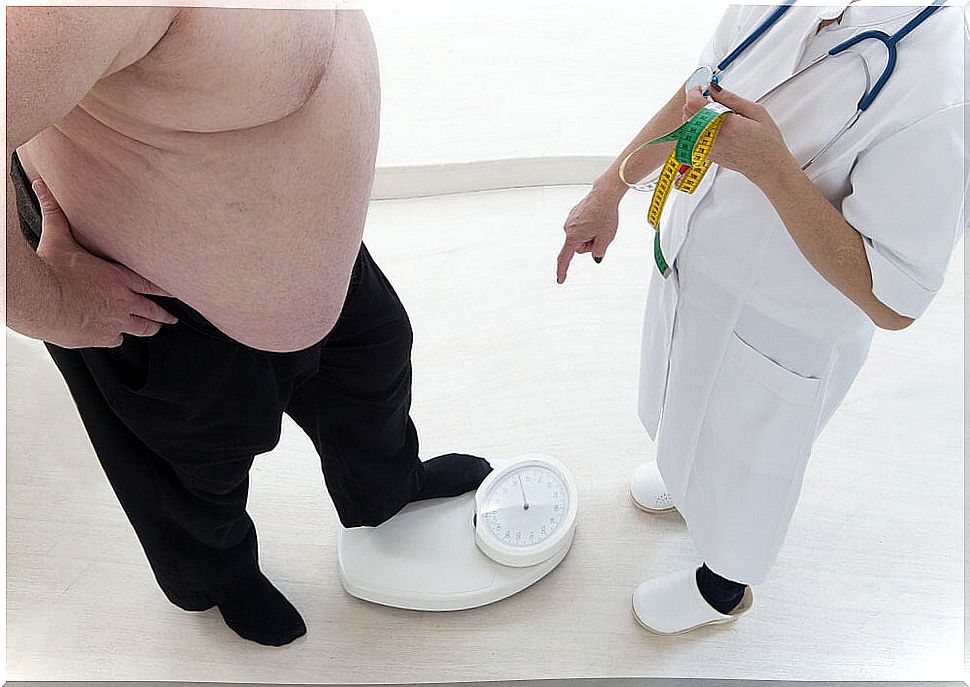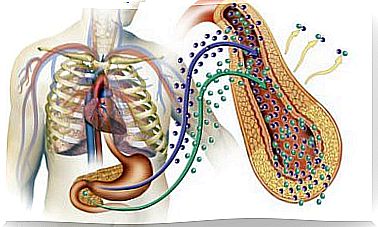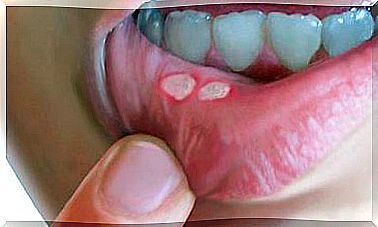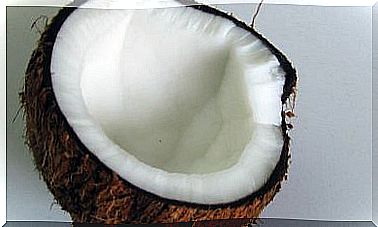What Is The Relationship Between Overweight And Hypertension?
Being overweight is a very common disease in today’s society that brings with it a multitude of associated disorders. Some of them are related to the musculoskeletal and digestive systems; others have to do with the cardiovascular system, among these is hypertension.
As you may have deduced, overweight and hypertension are closely related. But the danger of hypertension is not the disease itself, but the concomitant cardiovascular risk. It produces a huge increase in the chances of experiencing events such as heart attacks or strokes.
The risk of being overweight and hypertensive

By itself, being overweight already increases the risk of cardiovascular failure. That is why when overweight and hypertension appear simultaneously, they lead to a very significant cardiovascular risk. As noted in one study, obesity is a chronic disease and a major risk factor in the development of diseases such as hypertension.
Both overweight and obesity are defined based on a parameter that is the body mass index (BMI). BMI is calculated by dividing a person’s weight (in kilos) by their height (in meters) squared. Thus, overweight is defined as a BMI greater than 25 kg / m², and obesity as a BMI greater than 30 kg / m².
Hypertension implies blood pressure figures above 140/90 mmHg. Both obesity and being overweight are considered the most important environmental triggers of all those implicated in the development of hypertension.
Thus, it is calculated that for every 10 kg of weight gained there is an increase in blood pressure of about 2-3 mmHg. However, the cardiovascular risk that obesity brings with it also has to do with where the fat is located. The most dangerous for the organism is the one located in the abdomen.
On the other hand, it is necessary to bear in mind that, in addition to high blood pressure, being overweight also predisposes to other pathologies such as diabetes and hypercholesterolemia. These last two diseases cause atherosclerosis, which damages the vessels and increases the cardiovascular risk even more.
Increased cardiovascular risk
The events that lead to developing hypertension from being overweight will be explained below .
Adrenergic activity

Being overweight can cause an increase in adrenergic activity, that is, adrenaline. This gives rise to a multitude of events that, on the one hand, promote hypertension; and, on the other hand, they increase cardiovascular risk.
Epinephrine produces generalized vasoconstriction, that is, a reduction in the caliber of the arteries. This in itself leads to an increase in blood pressure. But it also causes vasoconstriction of the coronary arteries, which greatly increases the risk of heart attack.
As a consequence of adrenaline, hypertensive mechanisms take place at the renal level. One of them is the reabsorption of sodium from the urine, which increases blood pressure levels. The other is renin secretion, which is a hypertensive peptide.
On the other hand, adrenaline promotes platelet aggregation. This increases the risk of vascular accidents such as thrombosis or embolism.
There is also an increase in cardiac output, which is the amount of blood expelled by the heart in each minute. This occurs because both the heart rate and the ejection fraction (amount of blood expelled in each heartbeat) increases.
Aldosterone
In the course of hypertension, by a series of mechanisms at the renal level, the concentration of aldosterone increases. This, also at the renal level, leads to a greater reabsorption of sodium. As we have already explained before, large amounts of sodium increase blood pressure figures.
Control of overweight and hypertension
There are pharmacological and surgical treatments aimed at controlling overweight and hypertension. However, the most effective are the so-called conservative measures. This term refers to those changes in lifestyle aimed at correcting the disorder suffered.
Weight control is considered the fundamental pillar of the non-pharmacological treatment of hypertension. All overweight and hypertensive people should start a weight reduction program. This program should involve a reduction in caloric intake and an increase in physical activity.
Physical activity should be moderate and appropriate to the age and capabilities of the person. It is advisable to perform aerobic activities, that is, those of moderate intensity, but which can be maintained for a considerable time. Examples of aerobic activities are swimming, running, walking, cycling, etc.
These aerobic exercises are aimed at starting the cardiovascular mechanism of the body. That is why the heart rate during them has to be increased, in order to be able to raise it a little more and get a healthier body.









